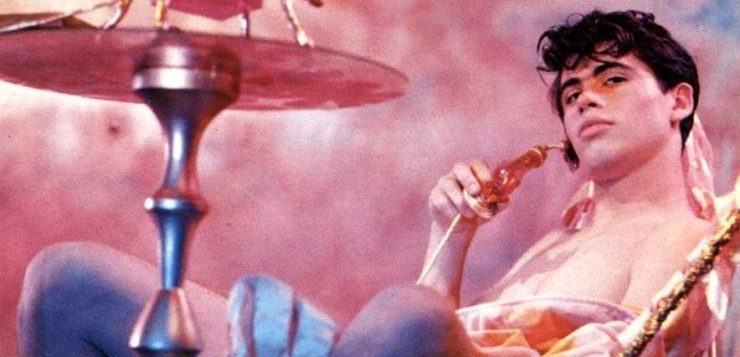 Coming Together: The Cinematic Elaboration of Gay Male Life, 1945–1979
Coming Together: The Cinematic Elaboration of Gay Male Life, 1945–1979
by Ryan Powell
U. of Chicago Press. 275 pages, $35.
I LIKE to consider myself moderately well-versed in gay cinema, but I learned some surprising things from Ryan Powell’s Coming Together: The Cinematic Elaboration of Gay Male Life, 1945–1979. For example, who knew that more than 300 films about gay men were made during the 35-year period Powell examines, which spans the end of World War II to the beginning of the AIDS crisis? Most of these films were made by gay men for an audience of gay men. That number astonishingly climbs into the thousands if mail-order physique films are included in the tally.
I was also surprised by the extent to which these films brought gay men together socially. Modern technology now allows us to watch films alone in almost any location, but that was not the case in the mid-20th century. Gay men had to gather in public places, risking harassment or arrest, in order to see themselves portrayed on the big screen. Kenneth Anger’s Fireworks, one of the first and most important gay films of the early postwar era, ran for months at West Hollywood’s Coronet Cinema in 1947, where it drew an enthusiastic audience. Other cinemas in large cities followed suit and began to show underground films by Anger and others.
Peter Muise, who writes about New England folklore and legends, is the author ofLegends and Lore of the South Shore.







